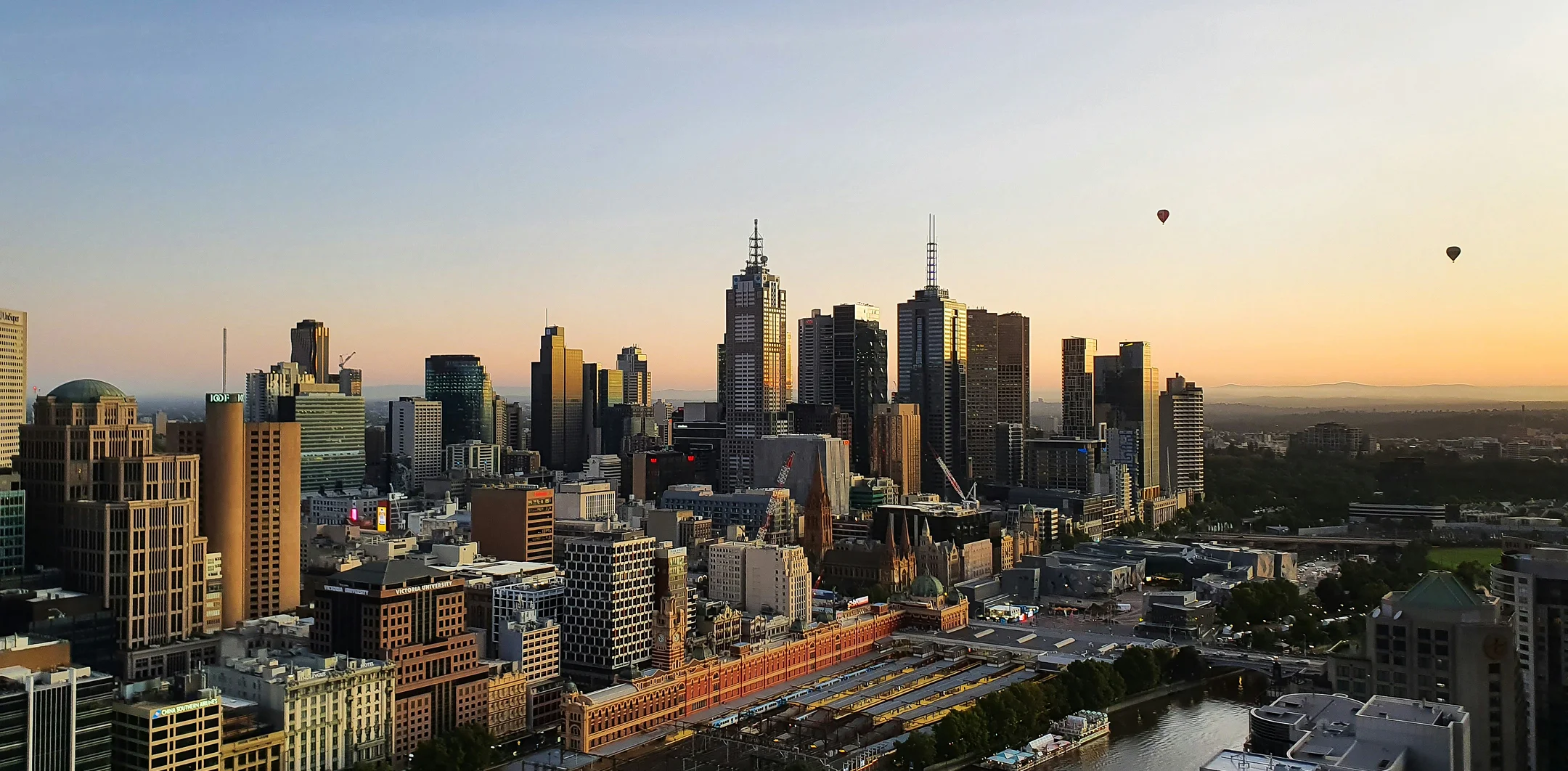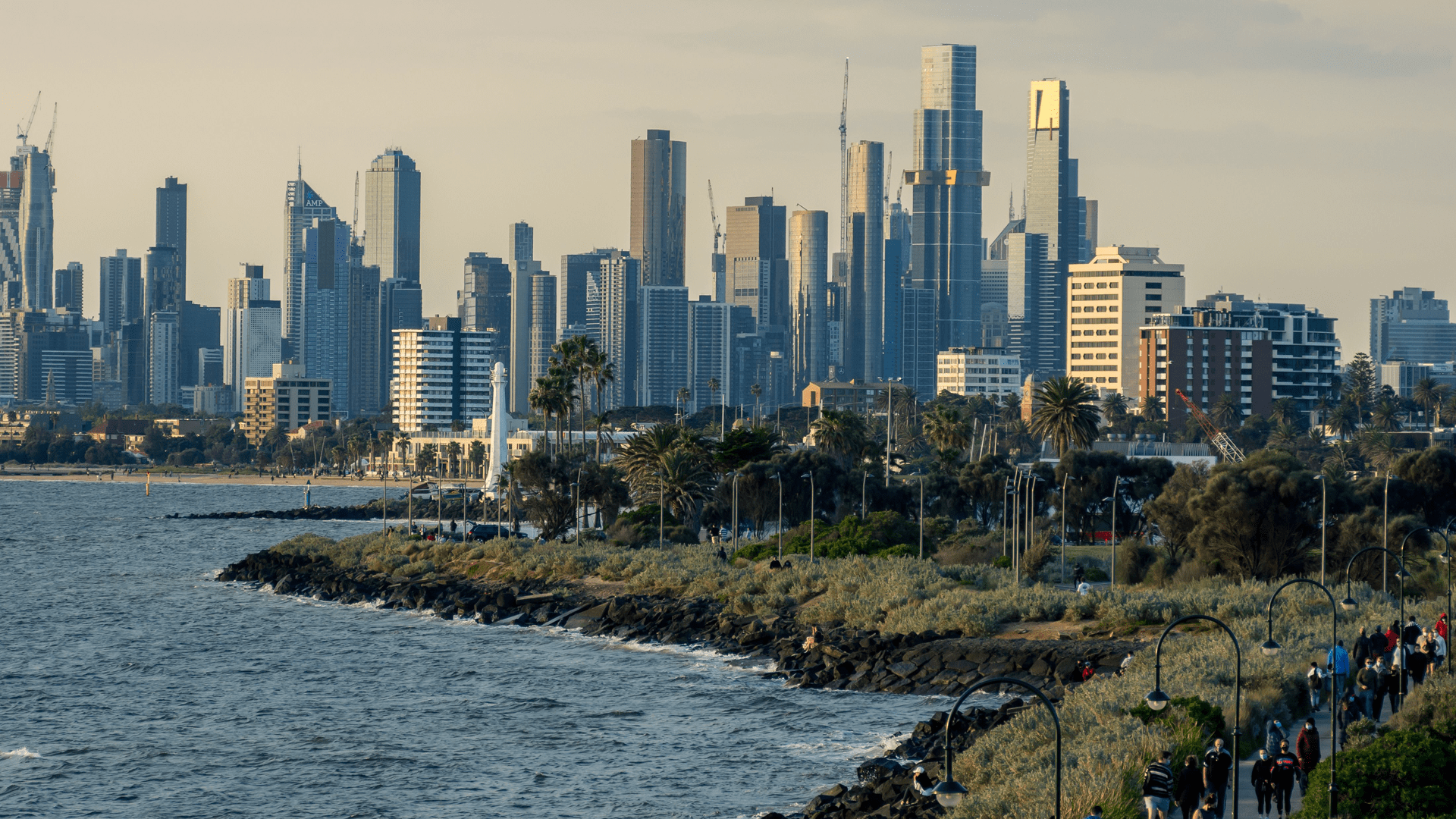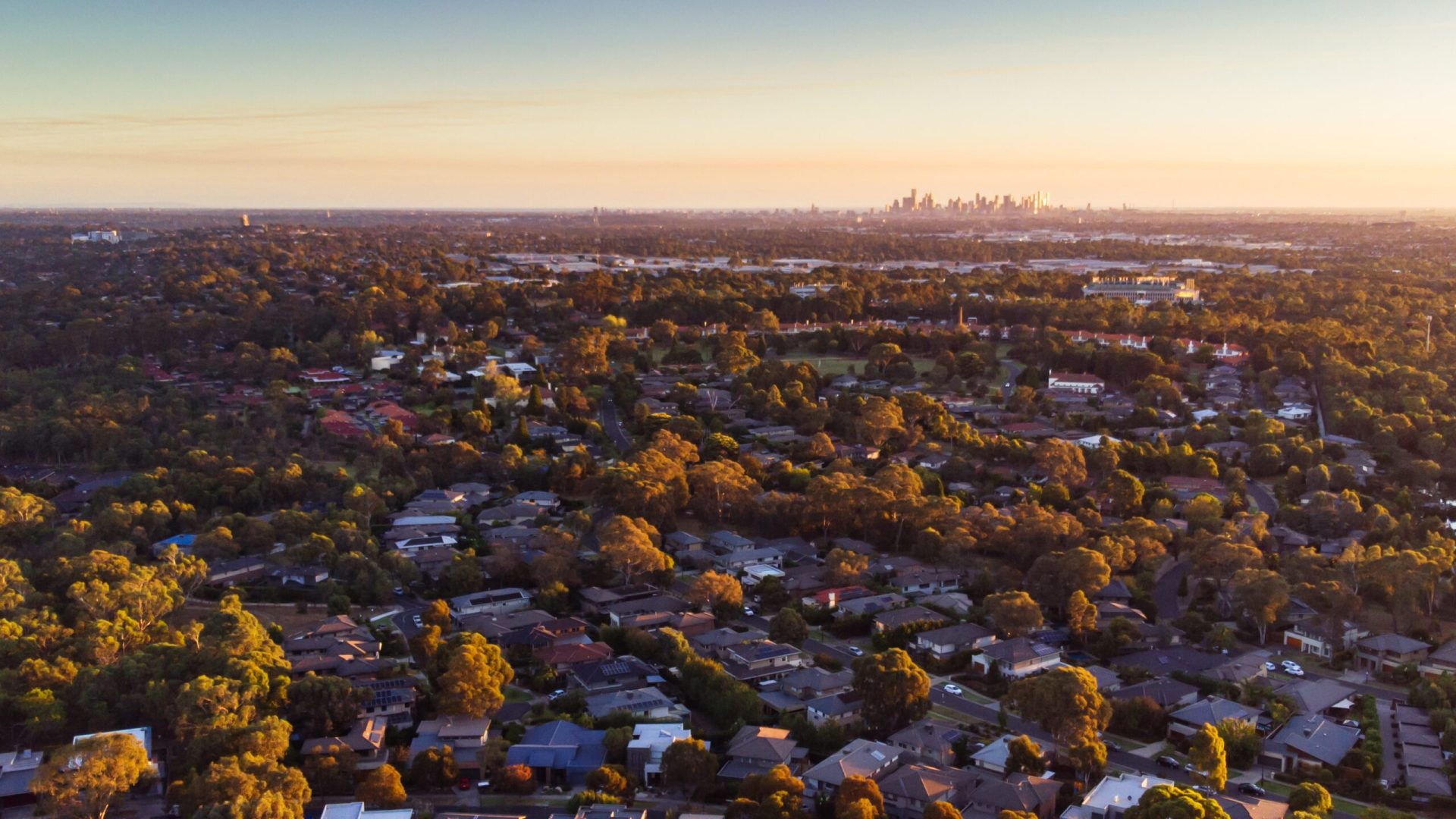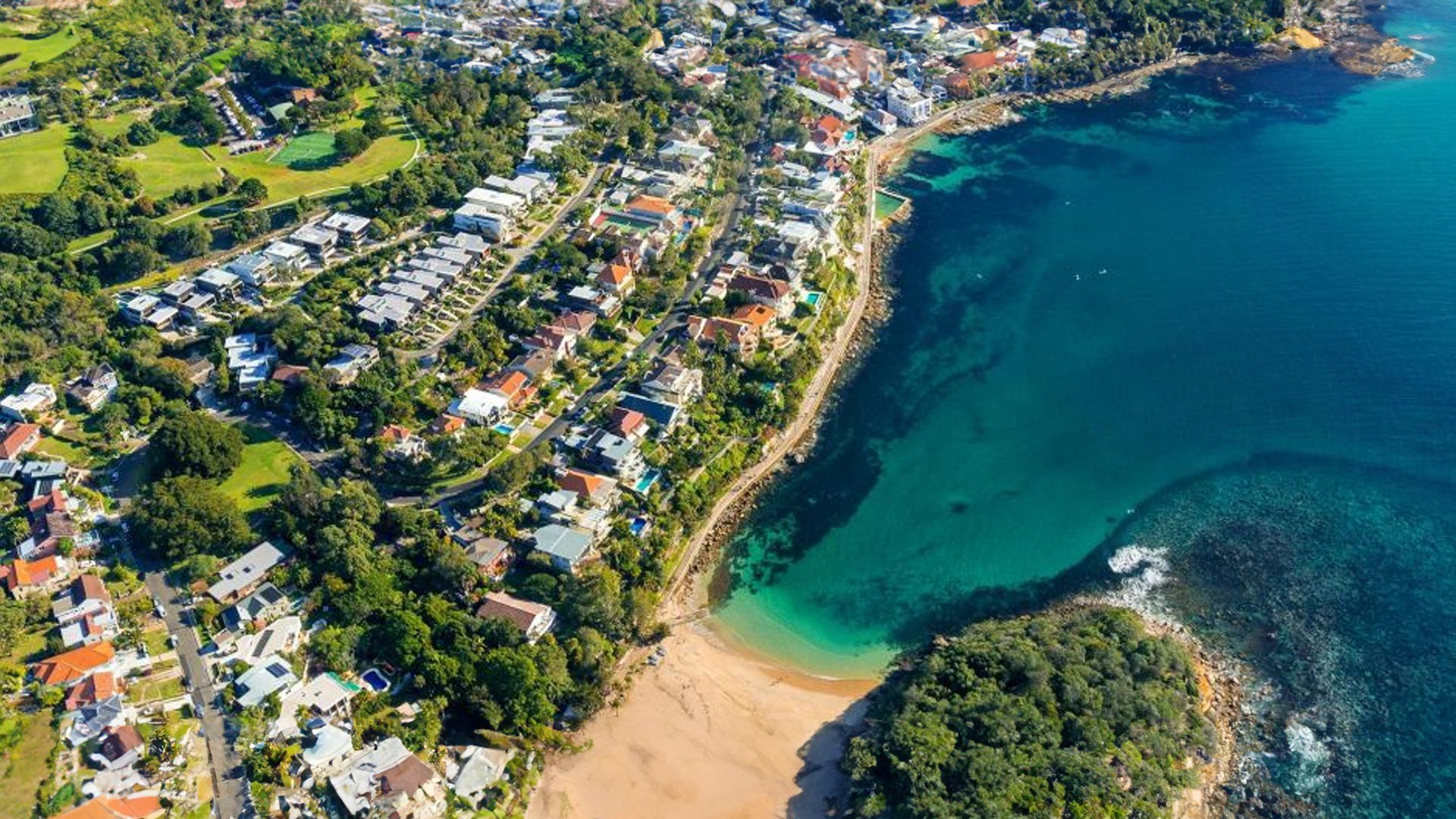Have you heard “oh I wouldn’t buy now; the market is going down! Wait until it hits bottom!”
The Australian property market is in a cooling phase at the moment, but what does that actually mean? Are there still opportunities in the current property market?
Find out more with an industry expert who can create a customised strategy for you and book your session here.
The Media
Let’s talk about the media. Sensational and emotional headlines sell papers and clicks. You may see headlines such as “Australian house prices grow by 8% – is this the end for first home buyers?” or “Aussie homeowners lose thousands as prices tumble”.
These articles often refer to Median House Prices. If you see a headline that says “Aussie house prices have grown by 8%” they are actually talking about the median.
What that does NOT mean is that every house in Australia is now worth 8% more. The same thing applies in a cooling market.
The problem is that the “median” is often confused with the “average”, which it’s not. The median is the middle sale in a group of sales. It does not reflect the prices of unsold properties.
What are the problems with medians?
Medians are useful if there are lots of sales to report during the period. If 500 properties are sold over the reporting period, then the median is useful because it reflects a lot of activity. But if there is not enough sales volume, or the median is used as a generalisation, the median can be deceiving.
It is important to understand that within the Australian property market, there is not just one market that rises and falls concurrently. When a sensational headline talks about prices, it is often generalising. Each capital city is its own market, with unique dynamics and influences. There are different prices, rental returns and investment opportunities. Even within each capital city, there are separate area markets. Toorak in Melbourne is in a far different market than Cranbourne. A headline that is applicable for Toorak may not be accurate for Cranbourne.
A problem with medians can be that high-end, expensive properties often fall first, the most and the fastest in a cooling market. Suburbs like Toorak in Melbourne and Mossman in Sydney might see reported plunges of 8-10% in a cooling market, because they are small markets. There are not a lot of buyers who can afford a $5 or $10 million home.
While the expensive end of the market might be falling, the affordable end can be increasing in price. There are more potential buyers in the affordable areas. First home buyers grants support these affordable markets. By definition, properties below the “median” house price for a city are affordable to more than 50% of the market.
The more competition in a market segment the more likely that prices will hold up or even increase in a generally cool market.
What do investors look for?
Reported property prices are largely a reflection of the activity of homeowners, not investors. Investors only make up around 30% of the market. Owner occupiers are often looking for a very different property compared to someone looking to invest.
In general, investors are more interested in a property valued at $1 million or less than one valued at $10 million. Their goal is to build a portfolio, which may include multiple properties in different markets.
Smart property investors know that the activity at the affordable market is where they need to focus. It pays to look beyond the median and look at affordable properties in areas with limited supply, and good demand.
The current market cycle
Regardless of the point in the market cycle, focus on the fundamentals of property investing; affordability, capital growth and cash flow.
Experienced investors have seen many market cycles and understand the impact of interest rate rises. The first interest rate rise in 10 years highlights the impact of a proven investment strategy focused on affordability.
There is no doubt right now that there is a huge rental property shortage in many parts of Australia. What is interesting is that the media reports a drop in property prices, at the same time as extreme rental shortages.
When there is a shortage of rental properties, there is upwards pressure on rents. Supply and demand. This provides an opportunity for investors to continue to build their portfolios. Interest rate rises do increase the cost of servicing a loan for an investment property. In areas of high rental demand, increases in rental income can offset the higher costs. The net result is that it may cost you no more to hold the property.
A point to understand with the undersupply of rental properties is that it’s a problem that cannot be fixed quickly. You can’t just build 5,000 extra homes overnight. That means that demand for rental properties in affordable areas is going to stay high for a considerable period of time. The rises in interest rates could be a short-term cycle once the RBA feels it has inflation under control.
The Queensland government is overly concerned with the fact that rental vacancy rates are below 1% in capital cities. They have even started contacting people with properties listed on Airbnb to try and put them back on the long-term rental market.
Property investors are in a strong position with cashflow likely to be underpinned by strong rental returns. Especially in a tight rental market that looks to remain tight. With increased competition for the available rental properties, rental yield increases.
The other thing to keep in mind is that interest rates are still well below historical averages. We are nowhere near seeing rates of 6% and above which are more in line with long-term averages. So comparatively speaking the cost of money to buy a property is still very low.
In the market we are in right now, where there is an overall cooling of prices, a good example to look at is this. Say you had assessed a property before the rate rises started. The fundamentals were strong with affordability, location, long-term capital growth and with good rental yield. You were considering buying it at $1 million. Now, six months later, if that property was now available to you at $950,000 would you now consider it a bad investment?
Not at all. If it was a good investment at $1 million, it can only be considered an even better investment at $950,000. Provided all the other aspects of the deal were still acceptable.
Long term strategy
A good example of how a new vs experienced investor looks at an opportunity is this. A new investor worries that if they buy the property and it falls another $10,000 in value within the first six months of buying it, they have made a mistake. The experienced property investor looks for long-term growth, and asks themselves “am I going to be worried about $10,000 in 10 years’ time?” Their answer would definitely be no!
Houses in Australia typically double in value in seven to 10 years on average. Well-chosen properties with strong fundamentals will often increase in growth even faster. This means the experienced investor will have forgotten the short $10,000 in a couple of years and be enjoying their equity.
This more than anything sums up how investors should be viewing the current market. Even though it is cooling there are still plenty of good opportunities to buy out there. Don’t let the headlines misinform you. If you know how to choose the right properties in the right areas at the right price, then you are likely to achieve good results.
Knowing how to find those opportunities in this market comes down to having the right experts on your side, who can introduce you to them.
If you are interested in the current opportunities, simply book a free, no-obligation discussion with our team. You will chat with an industry expert who has long-term experience and have the strategy that works, regardless of market cycles. To find out more and book your session, click here.








